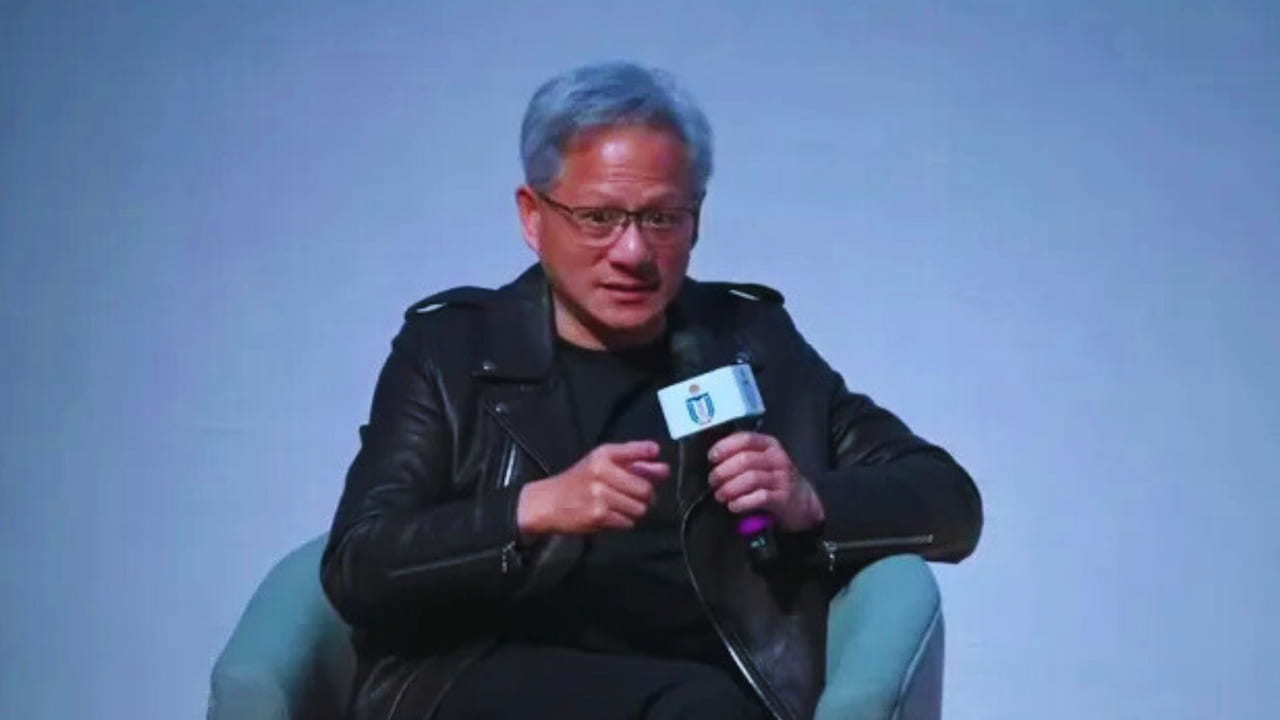AI’s Trust Problem: Nvidia’s Jensen Huang Says Solution Years Away Despite Computing Advances
In a revealing interview at the Hong Kong University of Science and Technology, Jensen Huang, CEO of tech giant Nvidia, we shared candid insights about artificial intelligence’s current limitations and future challenges. His message was clear: we’re still years away from having AI systems we can fully trust.
Critical Developments in AI Computing
The computing power behind AI has grown massively, jumping four times annually over the past decade. This astronomical increase has driven Nvidia’s remarkable stock performance, soaring 300 times higher. But even with these advances, Huang emphasizes that solving AI’s core challenges isn’t just about raw computing power.
Three Pillars of AI Development
Huang broke down AI development into three key areas:
- Pre-training – Like sending AI to college, this stage involves feeding the system worldwide data to build knowledge. While crucial, Huang states this alone “isn’t enough.”
- Post-training – This phase focuses on specific skill development through various learning techniques, including human and AI feedback, synthetic data creation, and reinforcement learning.
- Test Time Scaling – This represents AI’s “thinking” process, where systems break down problems step-by-step and consider different outcomes.
The Trust Challenge
Despite these sophisticated processes, Huang admits we still face a fundamental problem: reliability. “Today’s answers are the best we can provide, but users still must question whether the response makes sense or is made up,” he explained. The goal is to reach a point where users can “largely trust” AI’s outputs without constant verification.
Nvidia’s Contribution
While acknowledging these challenges, Huang highlighted Nvidia’s significant achievement: reducing computing costs a million times over the past decade. “When something becomes a million times cheaper, it changes how people use it,” he noted. “That’s why machine learning has exploded – researchers can now process massive datasets without hesitation.”
A Personal Touch
The interview took an unexpected turn when Huang shared a charming personal story. At age 17, he won over his future wife with an ambitious promise: becoming a CEO by 30.
“That was my pickup line; I didn’t mean it,” he laughed. His courtship strategy included weekly homework sessions, proving that even tech visionaries start somewhere.
Looking Ahead
While AI has made remarkable progress, Huang’s message is one of patience and persistence. The journey to truly trustworthy AI requires more than just computational power—it needs continued innovation in training methods and verification systems. As we stand at this technological crossroads, the focus shifts from making AI more powerful to making it more reliable.
Impact on Industry
For businesses and developers, this timeline means continuing to approach AI enthusiastically and cautiously. While AI tools offer unprecedented capabilities, Huang’s insights remind us that human oversight remains crucial. The challenge lies in advancing AI’s abilities and building systems that earn our trust through consistent, reliable performance.
